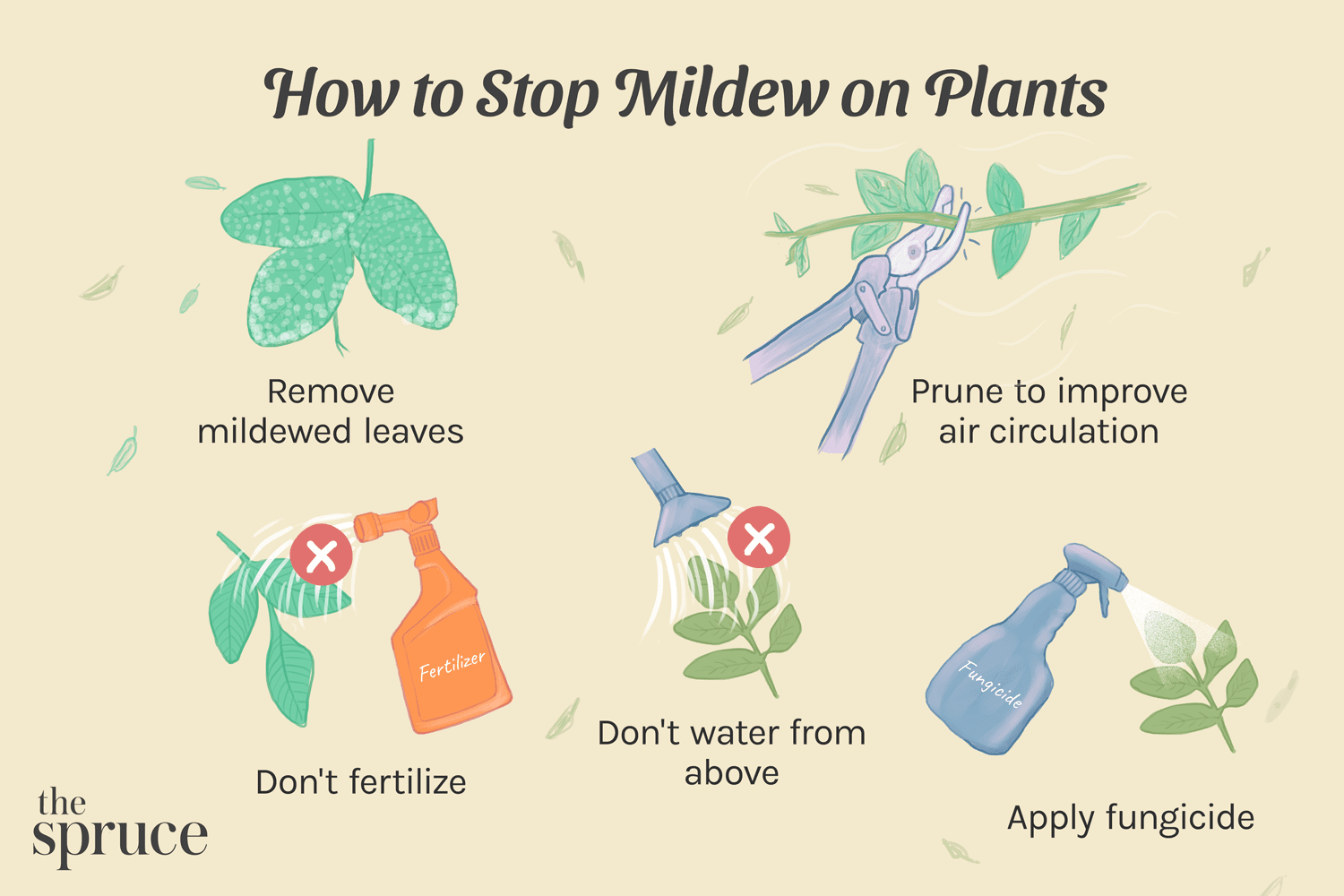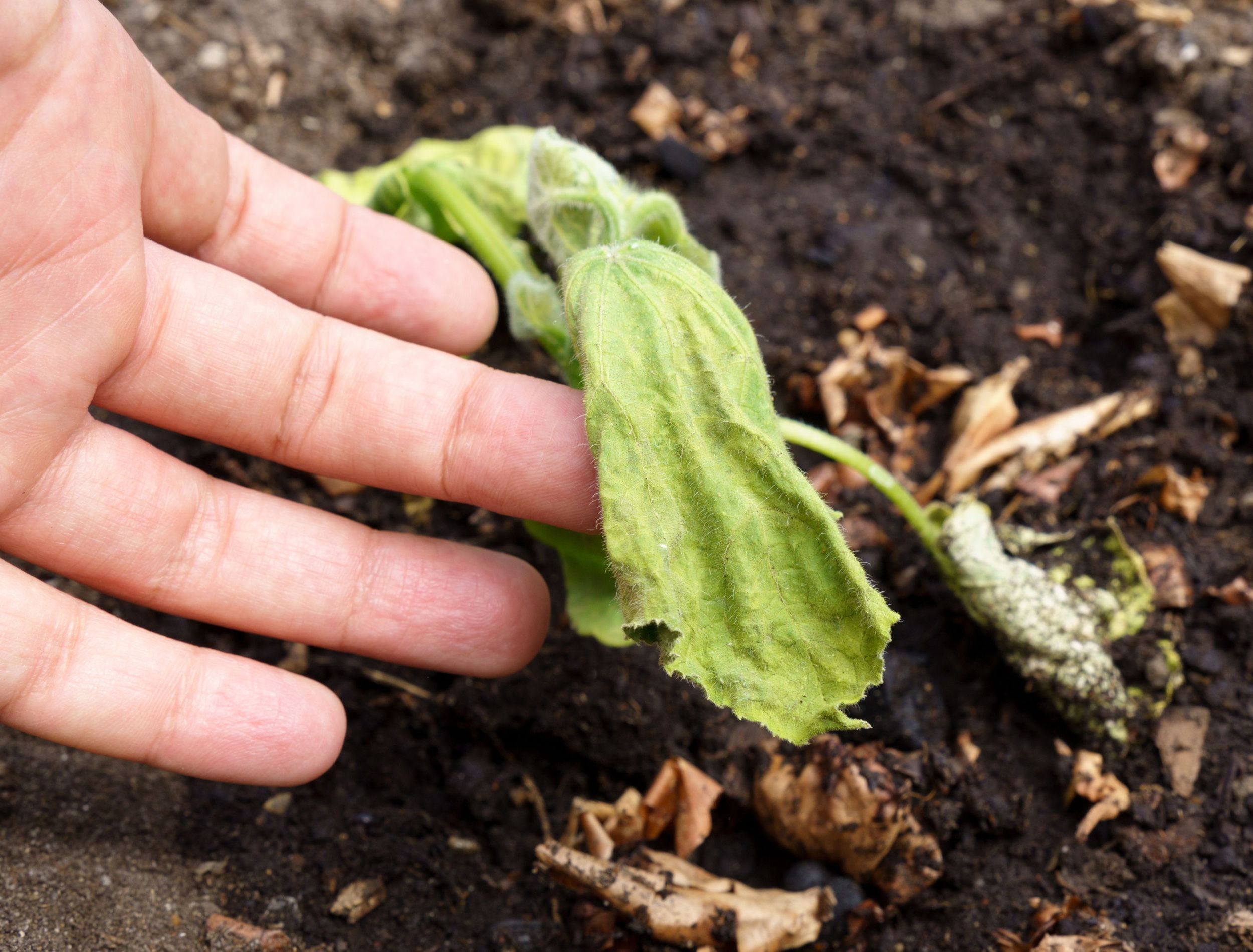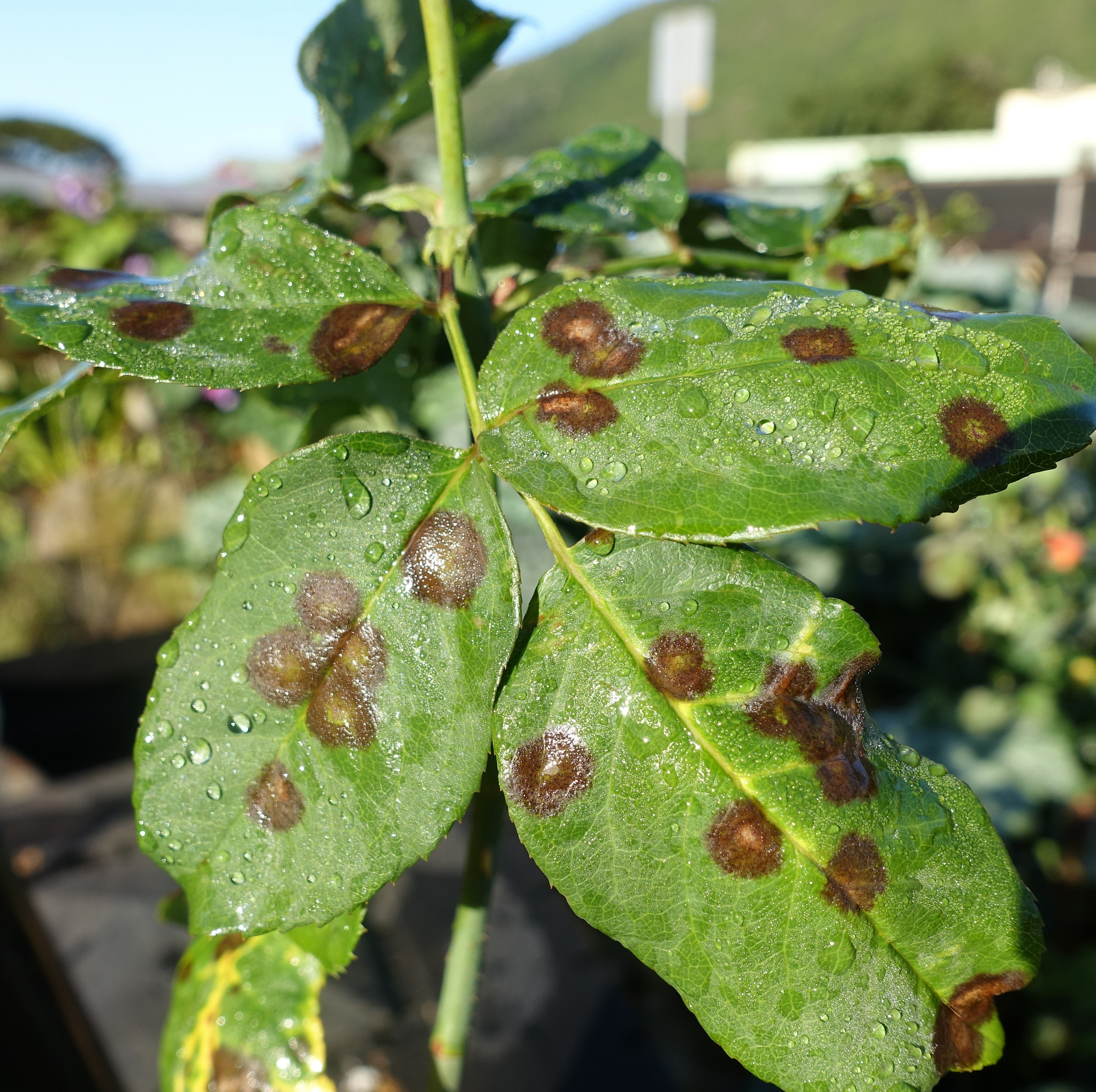How to Prevent Powdery Mildew on Plants
Powdery mildew is a common fungal disease that can affect a wide variety of plants, including vegetables, fruits, and flowering plants. It is characterized by a powdery white coating on the leaves, stems, and flowers of infected plants. While powdery mildew is not usually fatal, it can weaken plants and reduce yield if left untreated. Here are some tips on how to prevent powdery mildew on your plants:
1. Choose Resistant Plant Varieties
One of the best ways to prevent powdery mildew is to choose plant varieties that are resistant to the disease. Look for plants that have been specifically bred to be less susceptible to powdery mildew, such as mildew-resistant varieties of roses, cucumbers, and squash. These plants are less likely to become infected and are easier to manage if they do.
2. Provide Adequate Air Circulation
Powdery mildew thrives in humid, stagnant air. To prevent the disease, make sure your plants have adequate air circulation. Avoid crowding plants together, and space them out according to their specific needs. Prune any overcrowded branches or foliage to allow air to flow freely around the plant. This will help reduce the humidity levels around the plant and make it less hospitable to powdery mildew.
3. Water Plants Properly
Overhead watering can create the perfect environment for powdery mildew to thrive. To prevent the disease, water your plants at the base instead of from above. Use a soaker hose or drip irrigation system to deliver water directly to the roots, keeping the foliage dry. Water early in the day so that the leaves have time to dry before evening, as wet leaves are more susceptible to powdery mildew.
4. Maintain Healthy Soil
Healthy plants are better able to resist disease, including powdery mildew. To keep your plants healthy, maintain well-draining soil with good fertility. Add organic matter such as compost or aged manure to improve soil structure and provide essential nutrients to your plants. Avoid over-fertilizing, as excessive nitrogen can promote lush growth that is more susceptible to powdery mildew.
5. Monitor Your Plants Regularly
Early detection is key to preventing the spread of powdery mildew. Regularly inspect your plants for any signs of the disease, such as powdery white spots on leaves or stems. If you notice any symptoms, take action immediately to prevent further spread. Remove and dispose of infected plant parts, and treat your plants with organic or chemical fungicides as needed.
6. Practice Crop Rotation
Rotating your crops can help prevent the buildup of powdery mildew spores in the soil. Avoid planting susceptible plants in the same location year after year, as this can increase the risk of disease recurrence. Instead, rotate your crops to different areas of the garden each year to disrupt the life cycle of powdery mildew and reduce its presence in the soil.
7. Use Natural Remedies
There are several natural remedies that can help prevent and control powdery mildew on plants. Neem oil, a natural insecticide and fungicide, can be sprayed on plants to inhibit the growth of powdery mildew. Baking soda mixed with water can also be effective in preventing the disease. Additionally, milk diluted with water can act as a natural fungicide when sprayed on plants regularly.
8. Seek Professional Help
If you have tried all the above methods and are still struggling to control powdery mildew on your plants, it may be time to seek professional help. Consult with a local horticulturist or plant disease specialist for advice on the best course of action. They may recommend specific fungicides or treatments that are more effective at combating powdery mildew in your specific growing conditions.
Conclusion
While powdery mildew can be a frustrating problem for gardeners, it is possible to prevent and control the disease with the right strategies. By choosing resistant plant varieties, providing adequate air circulation, watering plants properly, maintaining healthy soil, monitoring your plants regularly, practicing crop rotation, using natural remedies, and seeking professional help when needed, you can keep powdery mildew at bay and enjoy healthy, vibrant plants in your garden.



